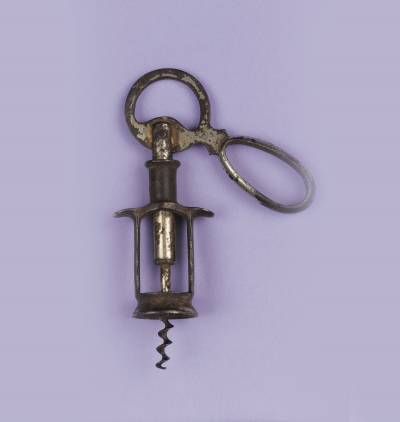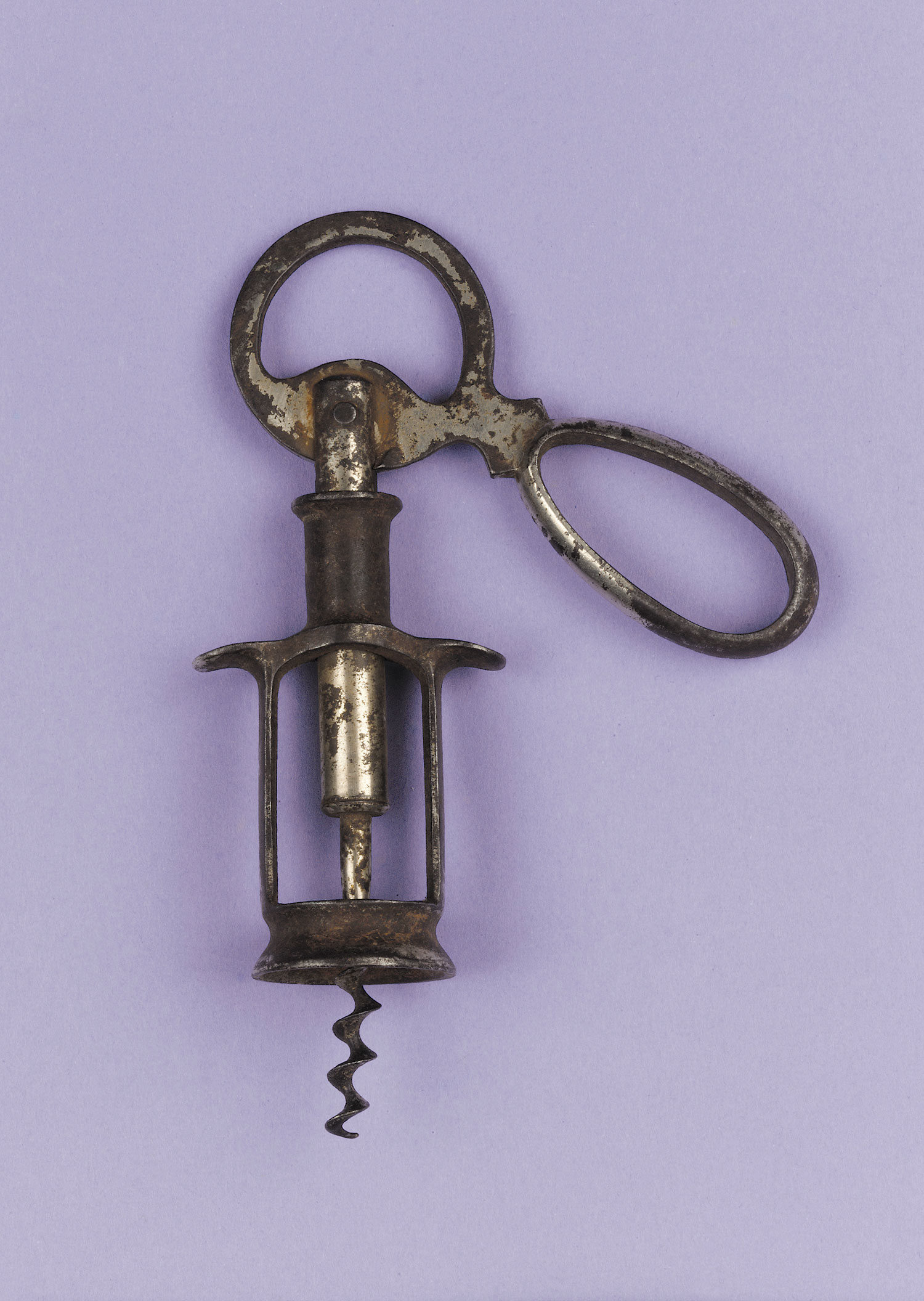No one has comprehensively traced the twists and turns of corkscrew development, but there is evidence of the use of corks in wine containers in the odes of Roman poet Horace, so there must surely have been some method for swiftly opening the amphorae during the heat of a Bacchanalian feast.
And as soon as glass bottles arrived in England in the 1600s, inventors began thinking up instruments to ease the removal of corks. A 17th-century example, preserved in the Victoria and Albert Museum, has a decorative handle and a screw protected by an openwork shield. Most 18th-century corkscrews were made from steel or brass with fitted covers so they could be carried in a pocket without ripping the lining.
The type of corkscrew with a cover, which can be slipped through a ring at the top of the stem to double-up as a handle, dates from the 1700s. Yet it was not until 1795 that the Reverend Samuel Henshall, a Fellow of Brasenose College, Oxford, registered the first corkscrew patent. He cleverly incorporated a disc at the top of the corkscrew to compress the top of the cork and to limit the travel of the screw. This clever addition opened the floodgates to a deluge of other bright ideas. Of course, we know that the simplest, T-shaped corkscrew with a wooden handle usually does the trick with even the most stubborn of corks.
The inquisitive thinkers of the 19th century, however, decided they would come up with something better and set about designing wine-opening tools of ever more bizarre construction.
There were devices with additional superstructures to provide extra leverage. Some had accessories for cutting the foil off bottles or for brushing off bits of sealing wax. Miniature versions were made for the removal of tiny corks from medicine bottles. Some even incorporated nutmeg graters in order to add flavour to the punchbowl.
By the end of the 19th century, there were nearly 350 British patents for corkscrews, almost as many again in America and other designs registered by French, German and Scandinavian makers. The Germans and the French particularly saw the saucy potential of the corkscrew and created novelty designs in which the levers resembled women’s legs.







